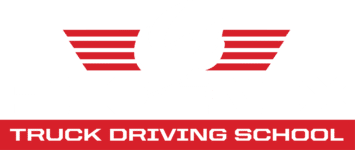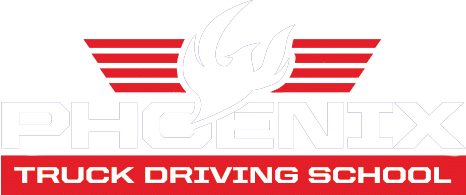As you embark on your journey into the world of trucking, it’s crucial to understand the various regulations that govern this industry. These regulations are in place to ensure safety on the roads, protect the environment, and maintain fair practices within the trucking community. In this guide, we’ll break down some of the most important trucking regulations and explain what they mean for you as a new driver.
Hours of Service (HOS) Regulations
One of the fundamental regulations for truck drivers is the Hours of Service rules. These rules dictate how long you can drive and how much rest you must take between shifts. For example, as a new driver, you must adhere to the 11-hour driving limit within a 14-hour workday. Additionally, you are required to take a 30-minute break after driving for eight hours. Understanding and following these regulations is crucial for your safety and the safety of others on the road.
Electronic Logging Devices (ELDs)
In recent years, the trucking industry has transitioned to using Electronic Logging Devices (ELDs) to track drivers’ hours of service electronically. These devices automatically record driving time, breaks, and rest periods, replacing traditional paper logbooks. As a new driver, you’ll need to learn how to use ELDs efficiently and ensure compliance with their recording requirements.
Commercial Driver’s License (CDL) Requirements
Before you can hit the road as a professional truck driver, you’ll need to obtain a Commercial Driver’s License (CDL). The CDL requirements vary depending on the type of vehicle you’ll be operating and the cargo you’ll be transporting. As a new driver, you’ll likely start with a Class A CDL, which allows you to operate combination vehicles like tractor-trailers. It’s important to undergo proper training and pass the required exams to obtain your CDL and start your career on the right foot.
Drug and Alcohol Testing
Trucking regulations also include strict drug and alcohol testing requirements. As a new driver, you’ll be subject to pre-employment drug screening as well as random testing throughout your career. It’s essential to maintain a drug-free lifestyle and comply with these testing requirements to ensure your safety and the safety of others on the road.
Weight and Size Limits
Trucks have specific weight and size limits that must be adhered to at all times. Exceeding these limits not only poses safety risks but also leads to hefty fines and penalties. As a new driver, familiarize yourself with the weight and size limits for the type of commercial vehicle you’ll be operating, and always ensure that your cargo is properly distributed and secured.
Safety Inspections and Maintenance
Regular safety inspections and proper maintenance of your truck are essential parts of trucking regulations. Before starting your journey, conduct thorough pre-trip inspections to check for any mechanical issues or safety hazards. Additionally, adhere to scheduled maintenance intervals to keep your truck in optimal condition and prevent breakdowns on the road.
The Bottom Line
Understanding and following these trucking regulations is not only a legal requirement but also a responsibility that comes with ensuring your safety and the safety of others on the road. By staying informed, undergoing proper training, and practicing safe driving habits, you’ll set yourself up for a successful and fulfilling career in the trucking industry.
Your Path to Mastering Trucking Regulations
At Phoenix Truck Driving School, we prioritize safety and compliance, providing you with the knowledge and skills you need to navigate trucking rules and regulations with confidence. Our experienced instructors are dedicated to helping you understand not just the rules but also the best practices that ensure your success on the road. Join us today and start your journey toward becoming a professional truck driver!
Contact one of our advisors today to enroll.



